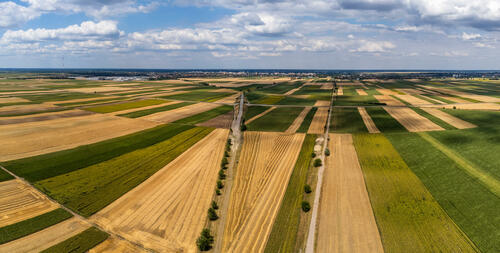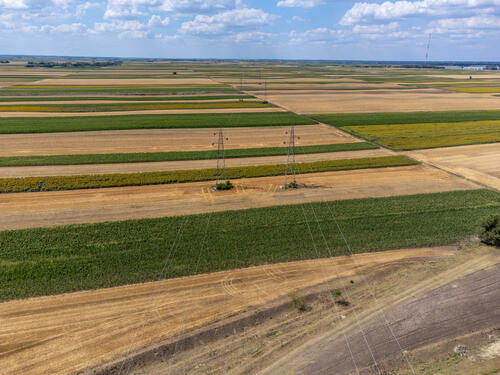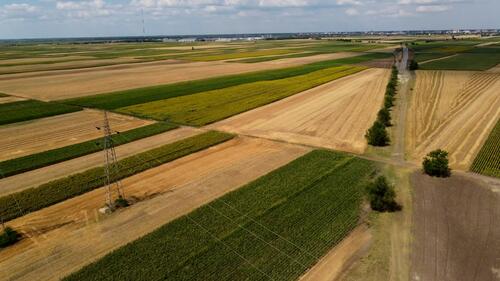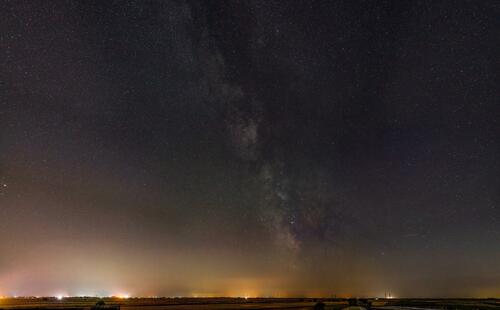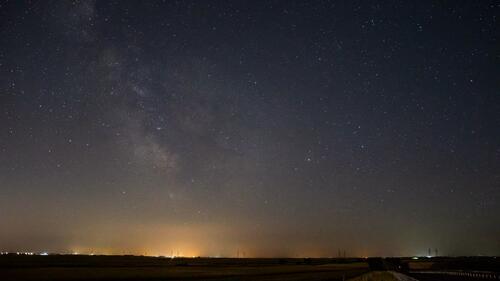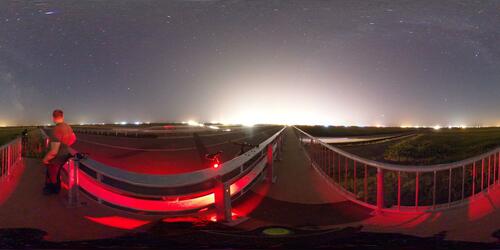A few weeks ago I got a new toy: It’s a Sony A5000 mirrorless camera with a Zhongyi Lens Turbo II speedbooster for the Nikon mount. I already had a Nikkor 50mm f/1.4 Ai lens which works wonderfully with the setup. This gives me a full frame equivalent field of view with a ~f/1.05 aperture. What this means is it lets in LOTS of light. At its brightest setting it can easily outperform the human eye, and even stopped down it gives an incredible performance.
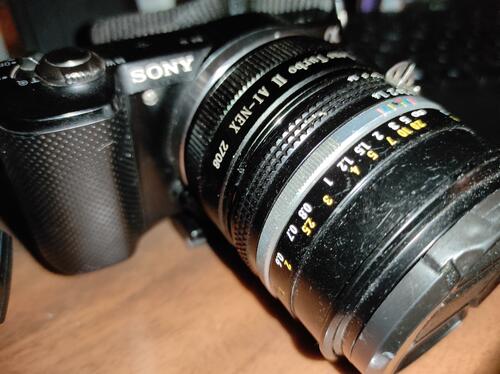
Tonight I went out to try it out for real and found a great new dark place that is perfect for Milky way photography. The new overpass above the ring road around Subotica is built, with great views from up there. It’s a great place in the daytime too, with loads of fields in every direction with a long unpaved road towards Durdin and Stari Zednik.
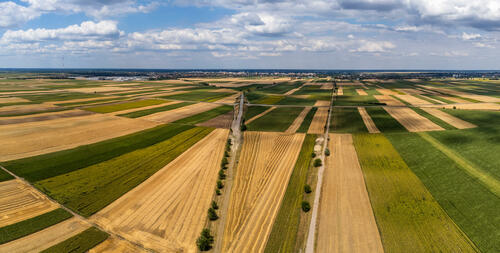
Anyways, as I was heading there at night I hit a pothole with my bike on the way… Flew over the bike, elbow busted, LCD and lamp busted, not great overall. But I didn’t let that stop me as I was already halfway there.
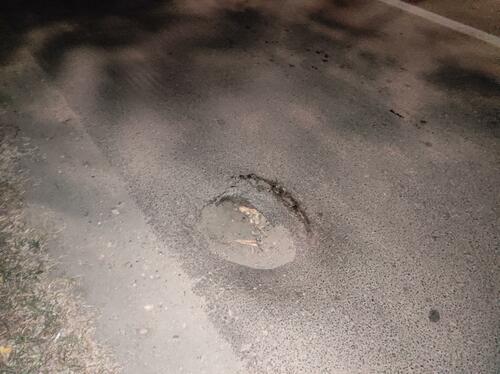
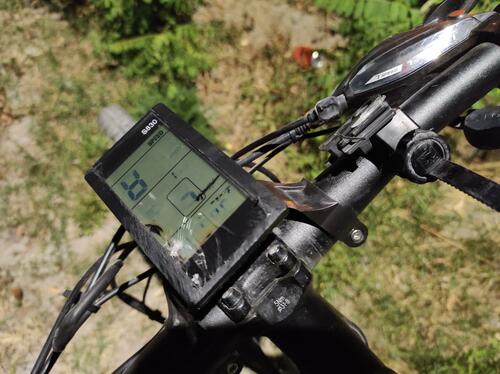
As I arrived the Sun still hadn’t set properly, or at least it wasn’t below the horizon enough that it was properly dark. The sky was still “bright” for the camera, but the place and the view were promising. It was the first time I was able to take such a massive panorama of the Milky way. It only took 8 seconds (could have gone with 6 or 5 to reduce star trailing) to get a decent shot of part of the Milky way, so it was easy to rotate the camera to get a properly aligned panorama at the end. Below you can see the reduced resolution result, but over here you can download it in its full resolution (it’s a bit over 130MBytes and ~257MPixels). It consists of 3 rows and 4 columns (12 images total), each taken at ISO 500, f/2.8 (equivalent to ~f/2) and 8 seconds.
The timelapse is taken with my original Nikon D3300 with the 18-105mm kit lens set at 18mm f/3.5, 13-second frames at ISO 1600. Hoped to catch some meteors, but no luck, at least I got a nice timelapse out of it.
The 360 photo is taken with a Ricoh Theta V, ISO 640 60-second exposure. It’s not the best, but not too bad either.
As for the camera, I’m very pleased with it. Its performance to weight, -price, -size or any other ratio, is incredible. Now it has a fixable “problem”, which is the usual Sony star-eater thing. Basically, it overcooks the noise reduction during its automatic dark frame subtraction and significantly reduces the number of stars. I’ll make another post on how to disable that, and other hacky things with this little beauty. In conclusion, I would gladly use this as my main camera, if it had an EVF. If you’re considering this and have the budget, go for the A6000.
Also, I’m now putting images in the text, we’ll see how this works out.
